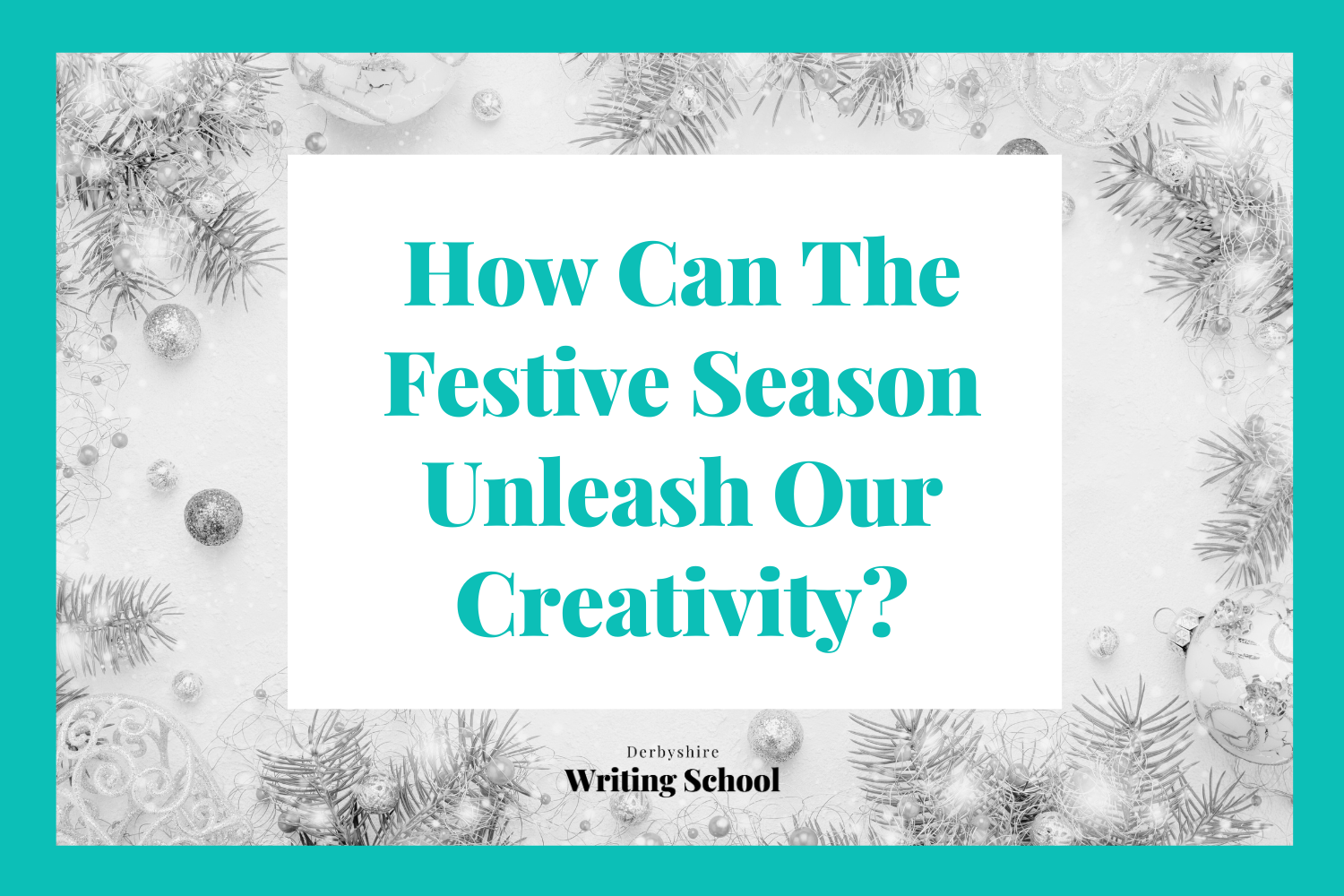How Can We Create Fresh Images For Our Readers
Images play a key role in our stories. Hitting the reader with something new, something exciting and fresh, is a great way to make your story memorable.
As writers, we have complete freedom to produce fresh, unique pictures in our work, to allure our readers completely into our world. Creating powerful images can definitely be a challenge, but it can be really fun too.
At the heart of creative writing, is our well of creativity, our sense of imagination. With our words, we can create something new, we can provide a new take on something. This week on the Derbyshire Writing School blog, we’re talking about how we can even create new images within our stories.
So how do we produce exciting images for our readers?
Let’s take a look…
1. Don’t be afraid to be different
Sometimes, we may stop ourselves from including a strong image, simile, or metaphor in our writing, because we worry it’s too different. We might fret that people will think it’s odd, or a bit strange. It’s something we’ve all certainly been guilty of.
However, that image is a sign of your amazing, creative mind. The quirkiness of it is likely to feel refreshing to your readers. As writers, we have the luxury of being able to go crazy. There are no limits to what we can write.
We’re all different. We all have our own unique voices, and this is something to be embraced. By trusting ourselves and believing in our words, our writing will become more authentic.
Don’t be afraid to let your personality come through in your images. Your creative writing ideas may be completely different from other people’s, different from anything you’ve read, and that’s a wonderful thing.
2. The importance of detail
As writers, it’s important that we don’t underestimate the value detail can have within our writing.
One or two minuscule details, which we may not see as significant at first, can paint the most vivid of pictures. They can reveal a lot to the reader about our characters and our story.
As writers, we can make even the most ordinary, commonplace things, seem amazing. If we reflect on how we use our words, how we can express the finer details, our images can be impactful.
3. Play
One of the best ways to develop our creative writing generally, is through play. It’s a great way to practice generating striking images.
Nothing is set in stone when you’re writing. We can write just to see what happens, to see if our words work or not. We can tweak, adjust, and play as much as we need to until we’re happy with the image we’ve created.
Playing with ideas and not restricting ourselves, can help us become freer in our writing. It helps us embrace the fun, imaginative side of creative writing, which may get lost sometimes when we’re too busy critiquing ourselves.
4. Use Inspiration
Inspiration can come from anywhere. Wherever it finds you, don’t be afraid to use it. Use the world around you as your muse. Store all these observations, and you’ll have some amazing material to return to later.
Something might catch your eye that seems trivial at first. Yet, this could turn out to be a powerful image for your story. Keep going with it and see where it takes you.
5. Use clichés
There’s one we don’t hear too often! Clichés can be a useful tool for writers. It might actually be a good thing that some of them have become stale and overused. It means we can reinvent them. We can put our own twist on them. Experiment with these and let your imagination run wild. It could result in you conjuring up some fun, unique images.
6. The power of showing
Show, don’t tell. One of the most talked-about creative writing techniques around.
Of course, there are times when telling will be more appropriate. When we show things in our stories, however, we tend to avoid abstractions. We often aim for a hard, clear image.
As Linda Anderson explains in her amazing book Creative Writing: A Workbook with Readings, ‘showing generates more vivid sensory pictures and arouses a more pressing intrigue than telling.’ She explains how showing means that, ‘instead of writing “He was angry” you describe the way “He screwed the piece of paper into a tight ball and threw it so hard it bounced off the wall and the table before landing back at his feet.”’
Rather than directly tell the reader something, we let them interpret, and create the image for themselves.
Make your images as captivating as possible, it will add layers to your stories and help to bring your words to life. Whether it’s a bold image, or something more subtle and intriguing. Make it stick in your readers’ minds. Don’t be afraid of trying something different. Trust in your imagination and most importantly, have fun!
If you’d like help with your fiction writing, why not join one of our workshops.











